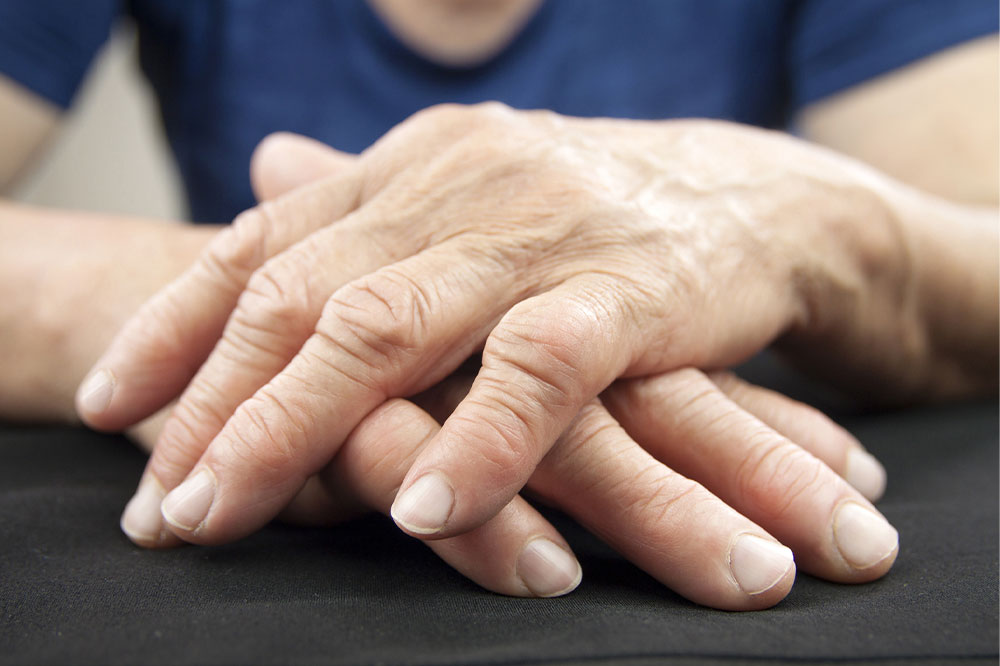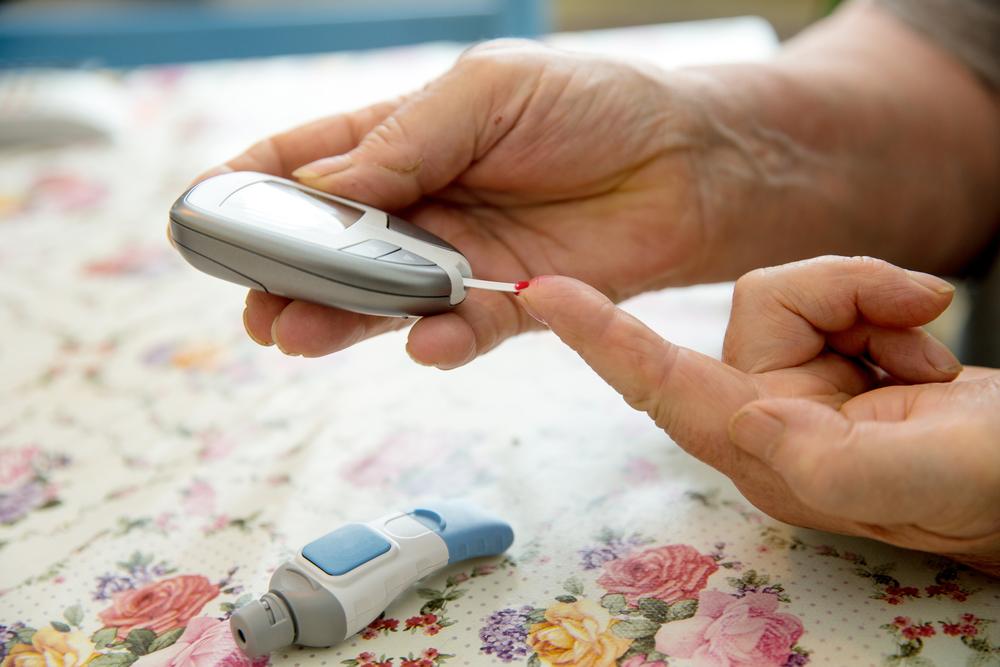The Ultimate Guide to Detecting and Understanding Rheumatoid Arthritis Symptoms
This comprehensive guide provides detailed information on identifying early signs of rheumatoid arthritis, including symptoms, risk factors, and the importance of early detection for effective treatment. Understanding these signs can significantly improve prognosis and quality of life for those affected by RA.

Comprehensive Insights into Recognizing Rheumatoid Arthritis Symptoms Early
Rheumatoid Arthritis (RA) is a persistent autoimmune disorder that can profoundly affect your joint health and overall quality of life. Often starting subtly, the symptoms of RA tend to intensify rapidly if not identified early. Therefore, understanding and recognizing the initial signs of rheumatoid arthritis are critical steps toward managing the disease effectively and preventing irreversible joint damage.
What Is Rheumatoid Arthritis?
Rheumatoid Arthritis is a chronic autoimmune condition characterized by the immune system mistakenly targeting the body’s own joint tissues. This attack results in inflammation of the synovium, which is the lining of the joints. The persistent inflammation leads to pain, swelling, and stiffness, especially in the small joints of the hands and feet. Over a period, the ongoing immune response can cause deterioration of cartilage and bones, culminating in joint deformities, instability, and decreased mobility.
In rheumatoid arthritis, the immune system’s misguided attack on the synovial membrane triggers local inflammation, which presents itself through symptoms such as swelling, redness, and discomfort around the affected joints. As the disease progresses, the inflammation can cause irreversible damage, weakening ligaments and supporting tissues, leading to joint instability and the development of deformities. Recognizing these early signs is crucial for timely intervention, potentially halting or slowing disease progression.
Early detection hinges on awareness of specific symptoms. Common initial signs include persistent fatigue, noticeable swelling of small joints, and prolonged stiffness after waking up that lasts several hours. The joint involvement is usually symmetrical, affecting the same joints on both sides of the body—such as both wrists, both knees, or both ankles. Mild warmth and tenderness around these joints, coupled with low-grade fever, are also indicators. Recognizing and responding to these symptoms promptly can dramatically improve treatment outcomes and patient prognosis.
Persistent Fatigue - An unexplainable tiredness that persists beyond usual tiredness, often recurring daily or weekly, affecting overall energy and motivation.
Swelling and Discomfort in Small Joints - Especially noticeable in fingers, thumbs, wrists, and toes, which can impair daily tasks and reduce dexterity.
Prolonged Morning Stiffness - Stiffness lasting for several hours upon waking, distinguishing RA from other less severe forms of arthritis that resolve in less than an hour.
Symmetrical Joint Symptoms - Simultaneous pain, swelling, or tenderness on both sides of the body, an important diagnostic feature.
Localized Tenderness - Sensitive to touch, often accompanied by redness and warmth around affected joints.
Early Mild Inflammation - Slight swelling and warmth that might go unnoticed but indicate the onset of joint inflammation.
Low-Grade Fever - Mild fever accompanying joint symptoms, signaling active inflammation and immune response.
Understanding the risk factors associated with RA can help in early identification. Factors increasing susceptibility include:
Age - While RA can affect adults of various ages, the risk increases significantly with age, especially in middle-aged and older populations.
Gender - Women are disproportionately affected, with a higher prevalence compared to men, possibly due to hormonal and genetic factors.
Environmental Exposures - Exposure to environmental toxins, pollutants, and occupational dust can contribute to disease onset.
Smoking - Smoking significantly elevates the risk and severity of RA, influencing immune system responses.
Family History - Genetics play a role, with a higher likelihood among individuals with relatives diagnosed with RA.
Obesity - Excessive weight during middle age increases stress on weight-bearing joints and promotes inflammation, heightening RA risk.
If rheumatoid arthritis remains untreated, it can lead to severe disabilities, impairing the ability to perform basic activities and decreasing overall quality of life. Moreover, RA can affect other organs, including the heart and lungs, contributing to systemic complications. Therefore, early recognition of symptoms and prompt medical intervention are vital for effective management and prevention of long-term joint damage.





